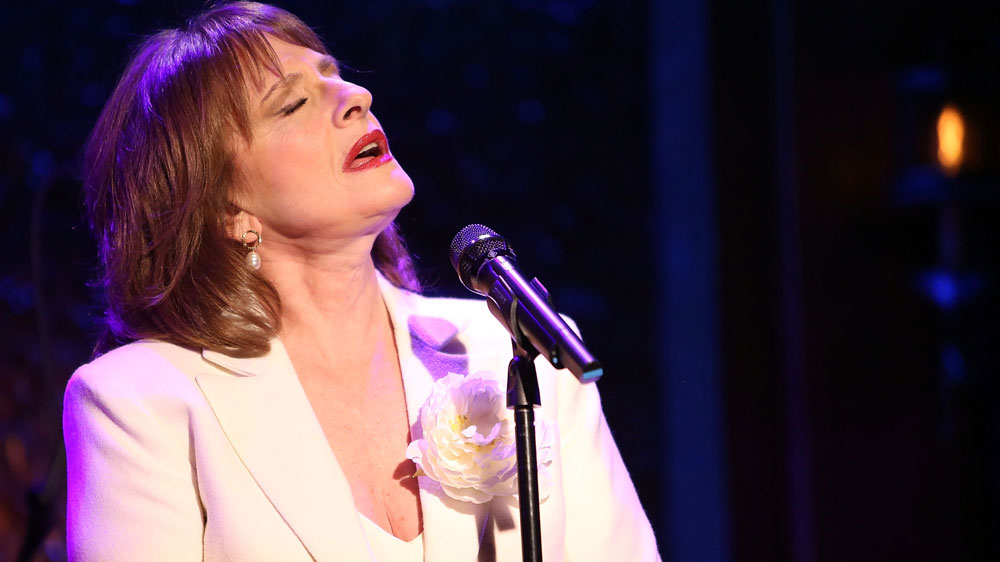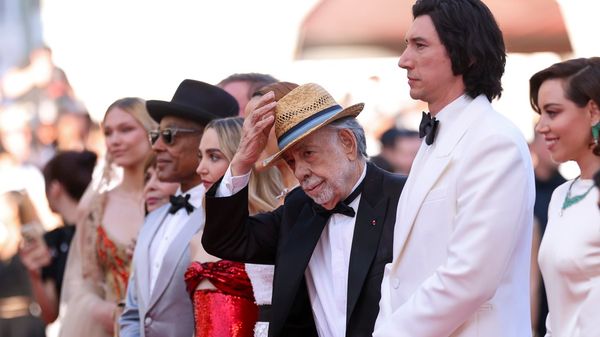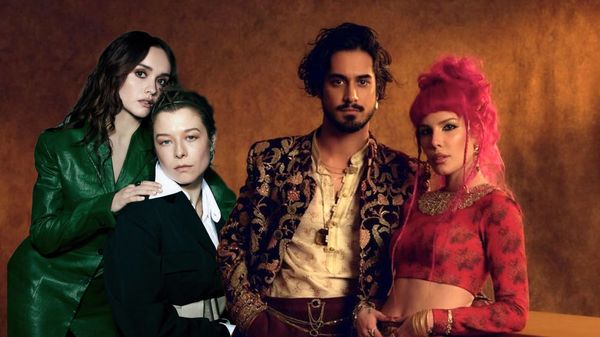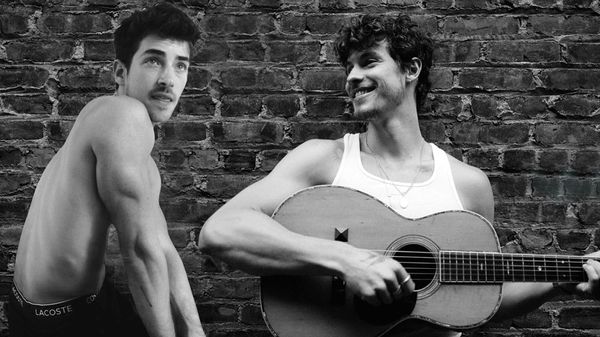February 5, 2014
Valentine Hot List: Ecuadorian Roses
Jill Gleeson READ TIME: 4 MIN.
Rick Wroble is looking at 1,000 Ecuadorian roses. They sit in buckets on risers, spread before him in the studio of Chicago's HMR Designs, the Midwest's largest event planner. These particular flowers will be used in massive centerpiece mock-ups made of several hundred roses each. In a few days a spring bride will be in to pick her favorite design. White and ivory-colored, sand and peach-hued, the roses are magnificent. Perfect.
While for weddings Wroble works mostly with roses the shade of the snow falling outside his window, red remains a popular color choice for its association with Valentine's Day and romance. But no matter the variety - and there are a staggering 404 grown in Ecuador - they are all lovely. "One of the roses that I'm looking at right now, it's called Voodoo. It's huge," he enthuses. "It's this vibrant cantaloupe orange, and on a grey Chicago day it's gorgeous."
Would a Rose by Any Other Name Smell as Sweet?
All over the country, in the tiniest flower shops to the largest floral design studios, Ecuadorian roses are increasingly the name of the game. About 714 million dollars' worth are shipped abroad each year; 38 percent end up in the United States, making this country their largest importer, ahead of Russia, the Netherlands and Canada. Today in Ecuador 571 flower farms, located mostly in Andean valleys, employ more than 100,000 people across 4,000 hectares (9,884 acres) of land.
Land and labor is cheap in South America - so cheap that other big rose-producing regions like California and Holland can't begin to match Ecuador's prices. But don't think the surging popularity of these flowers in the global marketplace is all about money. While Columbia (for the time being) still exports more roses, Ecuador's varieties are widely acknowledged to be the world's finest thanks to their long, thick stems, big buds and vivid colors. They also last an average of ten days in the vase and have a consistent quality roses from other regions cannot match.
Karina Amaluisa, trade commissioner of Ecuador in New York, believes her country's roses are far superior due to the topography of the land where they are grown.
"The biggest flower production centers are located in places that reach more than 2,000 meters above sea level," Amalusia notes. "The sunlight is more direct, the mountain water is pure and the temperatures are stable throughout the year. That's why the flowers look always beautiful. We don't have winter, so it's easier to keep the production stable throughout the year."
As popular as Ecuadorian roses have become, there is room for growth in the industry. Savvy, socially conscious growers are now turning to organic and Fair Trade farming, practices that are becoming increasingly important to consumers around the globe.
Nevado Roses, one of the country's largest producers, carries Fair Trade, sustainably grown and organic designations from organizations such as the Rainforest Alliance and the USDA. They've also expanded into food production and now offer such tempting rose-infused fare as honey, chocolate, tea, marmalade and liqueur.
Rose Tourism
The new trends around Ecuadorian roses are moving beyond the bouquet. Rose producers and tour operators are banding together to offer foreign visitors excursions to farms.
Tren Crucero, a luxury train line which debuted last June, is including a stop at Nevado Roses as part of its itinerary. It's expected that by early summer the Ecuador minister of tourism will debut the Route of the Flowers, a self-guided tour of 11 flower and rose farms in the Andes region. "It's really interesting," says Amaluisa, "because visitors can see not only the production process from the seed to the end, but also the amount of people, especially women, that are behind these products."
Those who can't make it to Ecuador can content themselves with purchasing the country's loveliest export. For a spectacular Valentine's Day spray - or that perfect bridal bouquet - think Ecuador's Freedom rose.
According to Audra Danzak, floriculture and horticulture specialist at A Garden Inc. in Las Vegas, "Our big seller is our classic bouquet with 24 roses. It's simple, you add nothing to it besides a fabulous satin ribbon. I love red and that's the Freedom rose. It's what everyone usually uses for a long stemmed rose. It's beautiful. When you have that perfect rose, that's opened beautifully and placed perfectly... it's just classic."
Jill Gleeson is a travel and adventure journalist based in the Appalachians of Central Pennsylvania. Find her on Facebook and Twitter at @gopinkboots.







